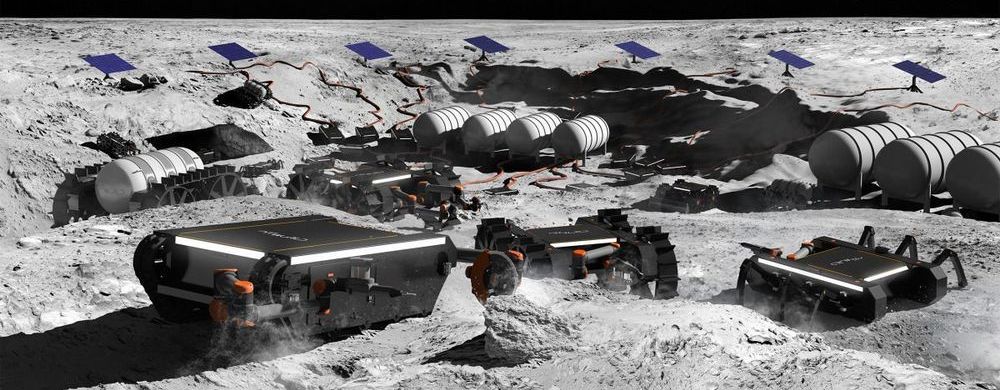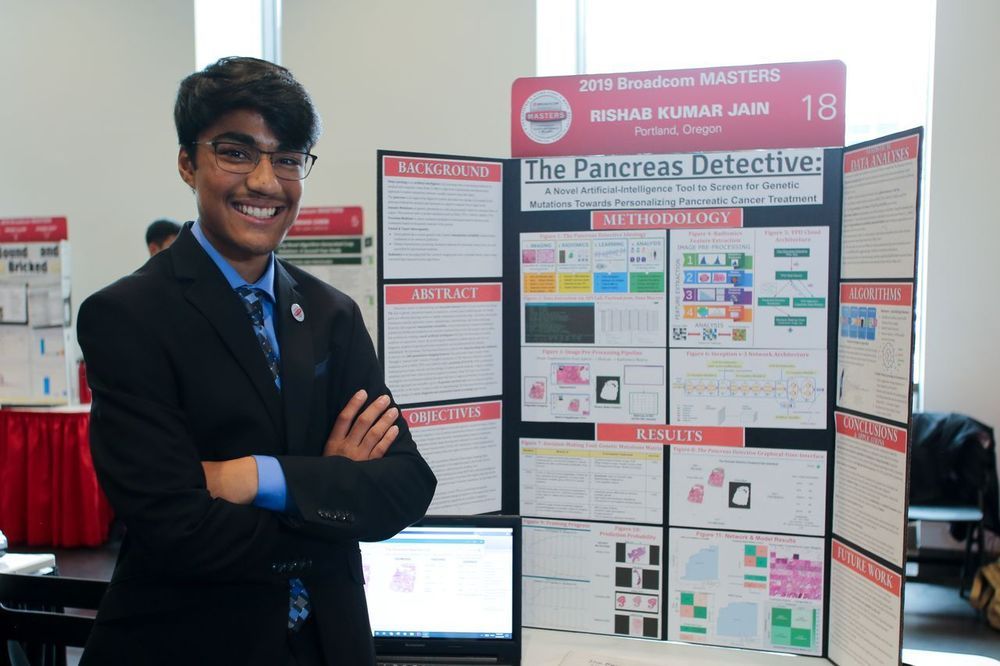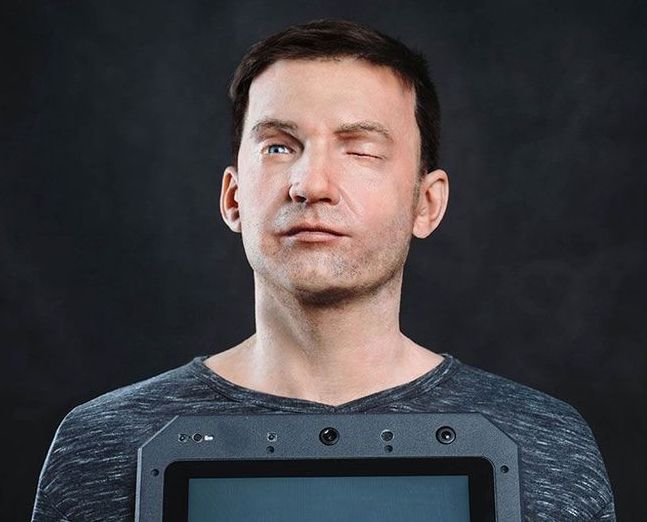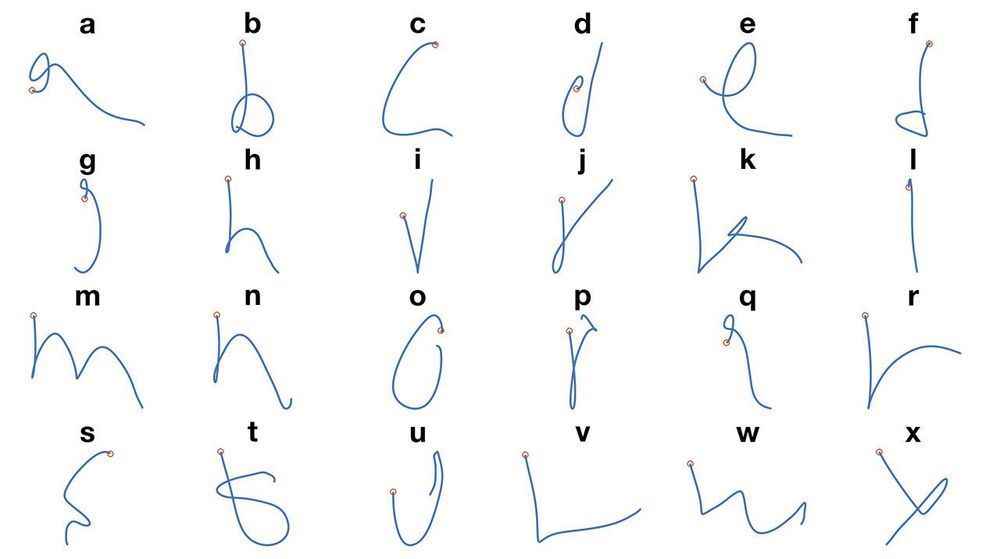The company OffWorld wants to build mining robots to send to the moon and beyond.



A Portland teen won second place in a national technology contest, taking home $2,500 that he can use to attend science camp next summer.
Rishab Jain, 14, is a freshman at Westview High School. His winning project, which he calls the Pancreas Detective, is an artificial intelligence tool that can help diagnose pancreatic cancer through gene sequencing. The algorithm helps doctors focus on the organ during examinations, which is often obscured because it moves around the abdominal area as patients breathe and other bodily functions shift other organs as well.
Last year, the same project netted $25,000 from 3M when he attended Stoller Middle School. He used that money to fund his nonprofit, Samyak Science Society, which promotes science, technology, engineering and math education for other children, Time Magazine reported.


Although mobile devices were not designed to run compute-heavy AI models, in recent years AI-powered features like face detection, eye tracking, and voice recognition have all been added to smartphones. Much of the compute for such services is done on the cloud, but ideally these applications would be light enough to run directly on devices without an Internet connection.
In this spirit of “smaller is better,” Shanghai-based developer “Linzai” (GitHub user name @Linzaer) recently shared a new lightweight model that enables real-time face detection for smartphones. The “Ultra-Light-Fast-Generic-Face-Detector-1MB” is designed for general-purpose face detection applications in low-power computing devices and is applicable to both Android and iOS phones as well as PCs (CPU and GPU). The project has garnered a whopping 3.3k Stars and over 600 forks on GitHub.
Facial recognition technology is widely applied in security monitoring, surveillance, human-computer interaction, entertainment, etc. Detecting human faces in digital images is the first step in facial recognition, and an ideal face detection model can be evaluated by how quickly and accurately it performs.
Sean Carroll is a theoretical physicist at Caltech and Santa Fe Institute specializing in quantum mechanics, arrow of time, cosmology, and gravitation. He is the author of several popular books including his latest on quantum mechanics (Something Deeply Hidden) and is a host of a great podcast called Mindscape. This conversation is part of the Artificial Intelligence podcast.
This is the second time Sean has been on the podcast. You can watch the first time here: https://www.youtube.com/watch?v=l-NJrvyRo0c
INFO:
Podcast website:
https://lexfridman.com/ai
iTunes:
https://apple.co/2lwqZIr
Spotify:
https://spoti.fi/2nEwCF8
RSS:
https://lexfridman.com/category/ai/feed/
Full episodes playlist:
Clips playlist:
EPISODE LINKS:
Something Deeply Hidden: https://amzn.to/2C5h40V
Sean’s twitter: https://twitter.com/seanmcarroll
Sean’s website: https://www.preposterousuniverse.com/
Mindscape podcast: https://www.preposterousuniverse.com/podcast/
OUTLINE:
0:00 — Introduction
1:23 — Capacity of human mind to understand physics.
10:49 — Perception vs reality
12:29 — Conservation of momentum
17:20 — Difference between math and physics.
20:10 — Why is our world so compressable.
22:53 — What would Newton think of quantum mechanics.
25:44 — What is quantum mechanics?
27:54 — What is an atom?
30:34 — What is the wave function?
32:30 — What is quantum entanglement?
35:19 — What is Hilbert space?
37:32 — What is entropy?
39:31 — Infinity
42:43 — Many-worlds interpretation of quantum mechanics.
1:01:13 — Quantum gravity and the emergence of spacetime.
1:08:34 — Our branch of reality in many-worlds interpretation.
1:10:40 — Time travel
1:12:54 — Arrow of time
1:16:18 — What is fundamental in physics.
1:16:58 — Quantum computers
1:17:42 — Experimental validation of many-worlds and emergent spacetime.
1:19:53 — Quantum mechanics and the human mind.
1:21:51 — Mindscape podcast
CONNECT:
This is a clip from a conversation with Michio Kaku from Oct 2019. New full episodes once or twice a week and 1–2 new clips or a new non-podcast video on all other days. You can watch the full conversation here: https://www.youtube.com/watch?v=kD5yc1LQrpQ
(more links below)
Podcast full episodes playlist:
Podcasts clips playlist:
Podcast website:
https://lexfridman.com/ai
Podcast on Apple Podcasts (iTunes):
https://apple.co/2lwqZIr
Podcast on Spotify:


Researchers from Russian corporation Neurobotics and the Moscow Institute of Physics and Technology have found a way to visualize a person’s brain activity as actual images mimicking what they observe in real time. This will enable new post-stroke rehabilitation devices controlled by brain signals. The team published its research as a preprint on bioRxiv and posted a video online showing their “mind-reading” system at work.
To develop devices controlled by the brain and methods for cognitive disorder treatment and post-stroke rehabilitation, neurobiologists need to understand how the brain encodes information. A key aspect of this is studying the brain activity of people perceiving visual information, for example, while watching a video.
The existing solutions for extracting observed images from brain signals either use functional MRI or analyze the signals picked up via implants directly from neurons. Both methods have fairly limited applications in clinical practice and everyday life.

Google’s DeepMind beat 99.8% of humans at StarCraft II, but bigger challenge was not giving itself away.
AI becomes grandmaster in ‘fiendishly complex’ StarCraft II.